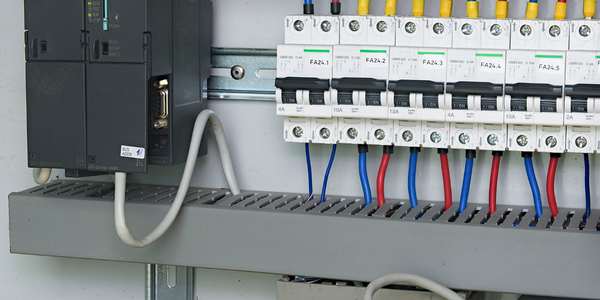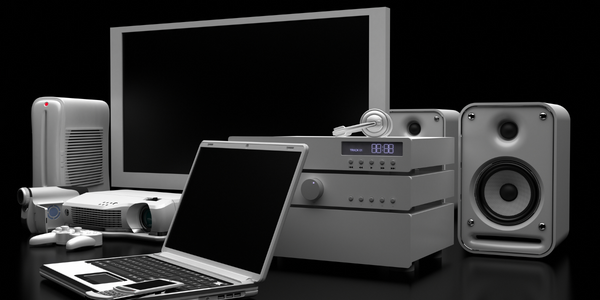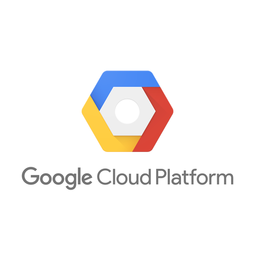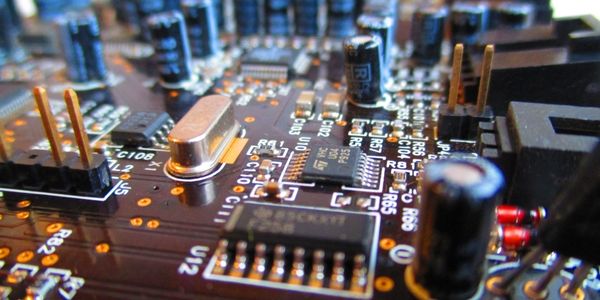Customer Company Size
Large Corporate
Region
- Asia
Country
- China
Product
- Gemini
- Vertex AI
- AutoML
- Vertex AI NAS
Tech Stack
- Google Cloud
- AI Model Optimization
- Large Language Models
Implementation Scale
- Enterprise-wide Deployment
Impact Metrics
- Productivity Improvements
- Customer Satisfaction
- Innovation Output
Technology Category
- Analytics & Modeling - Generative AI
- Analytics & Modeling - Machine Learning
- Platform as a Service (PaaS) - Data Management Platforms
Applicable Industries
- Electronics
- Software
Applicable Functions
- Product Research & Development
- Business Operation
Use Cases
- AI Copilot
- Generative AI
- Remote Collaboration
Services
- Cloud Planning, Design & Implementation Services
- Software Design & Engineering Services
- System Integration
About The Customer
OPPO is a globally recognized smart device brand, known for its innovative technology and aesthetic design. Since its inception in 2008, OPPO has been committed to creating a seamless user experience through its range of smart devices, including the popular Find and Reno series. The company also offers the ColorOS operating system and various internet services. With a presence in over 70 countries and regions, OPPO employs more than 40,000 people dedicated to enhancing the lives of customers worldwide. As of August 2024, OPPO boasts approximately 700 million monthly active users, underscoring its significant impact in the mobile phone industry. The company's collaboration with Google Cloud to integrate AI functions into its mobile phones is a testament to its commitment to technological innovation and user satisfaction.
The Challenge
OPPO, a leading mobile phone manufacturer, faced the challenge of integrating advanced AI capabilities into its mobile phones to enhance user experience and maintain a competitive edge. The company aimed to develop AI phones that could perform efficient computing, self-learning, real-world perception, and content generation. To achieve these goals, OPPO needed to reconstruct its hardware platform, operating system, and third-party service ecosystem. Additionally, OPPO sought to leverage AI technologies to reduce manual workload and improve productivity, particularly in areas like user feedback analysis and power consumption optimization.
The Solution
To address the challenges, OPPO collaborated with Google Cloud to implement AI functions in its mobile phones, leveraging Google's advanced AI technologies. The partnership began with the OnePlus phone, where the team used Google Cloud's Vertex AI platform to develop an AI model for analyzing user feedback. This initiative reduced manual workload by 30% and allowed the product team to focus on core development tasks. OPPO also integrated hardware power consumption feedback into Google NAS, optimizing algorithms to reduce power consumption and latency, resulting in a more energy-efficient AI model. Furthermore, OPPO developed AI features like the AI Recording Summary and AI Toolbox, utilizing Google's Gemini large language model. These features automate tasks such as meeting content summarization and social media post generation, significantly improving work efficiency. The collaboration with Google Cloud enabled OPPO to integrate advanced AI capabilities into its mobile phones, providing users with a seamless and efficient experience.
Operational Impact
Quantitative Benefit

Case Study missing?
Start adding your own!
Register with your work email and create a new case study profile for your business.
Related Case Studies.

Case Study
Remote Temperature Monitoring of Perishable Goods Saves Money
RMONI was facing temperature monitoring challenges in a cold chain business. A cold chain must be established and maintained to ensure goods have been properly refrigerated during every step of the process, making temperature monitoring a critical business function. Manual registration practice can be very costly, labor intensive and prone to mistakes.

Case Study
Predictive maintenance in Schneider Electric
Schneider Electric Le Vaudreuil factory in France is recognized by the World Economic Forum as one of the world’s top nine most advanced “lighthouse” sites, applying Fourth Industrial Revolution technologies at large scale. It was experiencing machine-health and unplanned downtime issues on a critical machine within their manufacturing process. They were looking for a solution that could easily leverage existing machine data feeds, be used by machine operators without requiring complex setup or extensive training, and with a fast return on investment.

Case Study
Cloud Solution for Energy Management Platform-Schneider Electric
Schneider Electric required a cloud solution for its energy management platform to manage high computational operations, which were essential for catering to client requirements. As the business involves storage and analysis of huge amounts of data, the company also needed a convenient and scalable storage solution to facilitate operations efficiently.

Case Study
Leveraging the IoT to Gain a Competitive Edge in International Competition
Many large manufacturers in and outside Japan are competing for larger market share in the same space, expecting a growing demand for projectors in the areas of entertainment, which requires glamor and strong visual performance as well as digital signage that can attract people’s attention. “It is becoming more and more difficult to differentiate ourselves with stand-alone hardware products,” says Kazuyuki Kitagawa, Director of Service & Support at Panasonic AVC Networks. “In order for Panasonic to grow market share and overall business, it is essential for us to develop solutions that deliver significant added value.” Panasonic believes projection failure and quality deterioration should never happen. This is what and has driven them to make their projectors IoT-enabled. More specifically, Panasonic has developed a system that collects data from projectors, visualizes detailed operational statuses, and predicts issues and address them before failure occurs. Their projectors are embedded with a variety of sensors that measure power supply, voltage, video input/ output signals, intake/exhaust air temperatures, cooling fan operations, and light bulb operating time. These sensors have been used to make the projector more intelligent, automatically suspending operation when the temperature rises excessively, and automatically switching light bulbs. Although this was a great first step, Panasonic projectors were still not equipped with any capability to send the data over a network.









